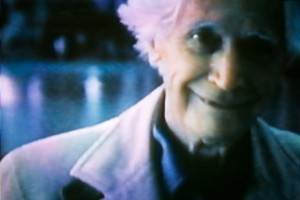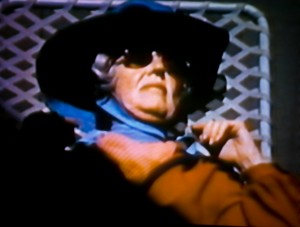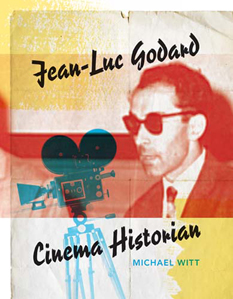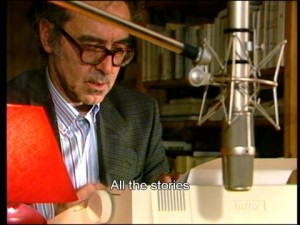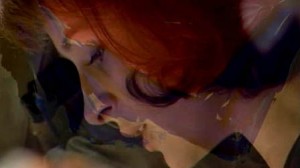Two Portraits and Universal Hotel/Universal Citizen
From the Chicago Reader (November 20, 1987). — J.R.
The four films to date of independent Chicago filmmaker Peter Thompson form two diptychs: not films to be shown simultaneously side-by-side, but successive works whose meanings partially arise out of their intricate inner rhymes and interactions. Two Portraits (1982), which has already had limited exposure in Chicago, describes the filmmaker’s parents: Anything Else, devoted to Thompson’s late father, combines stop-frame images of him, in an airport and outdoors, with a painful recording of his voice taken in a hospital and a multifaceted verbal portrait delivered by his son; Shooting Scripts juxtaposes the filmmaker’s mother, Betty Thompson, reading from her own diaries with a minimalist view of her sleeping on a beach chair, alternating stop-frames with privileged moments of movement. Together these films create a rich tapestry, but the more recent hour-long pair, Universal Hotel and Universal Citizen (1987), receiving their premiere here, create a still more ambitious and dense interweaving of objective and subjective elements. As Thompson puts it, this diptych deals with three main themes: “the emotional thawing of men by women, the struggle to disengage remembrance from historical anonymity, and nonrecoverable loss.” In the first film, Thompson describes his involved research about medical experiments in deep cold conducted on a Polish prisoner and a German prostitute by Dr. Read more

